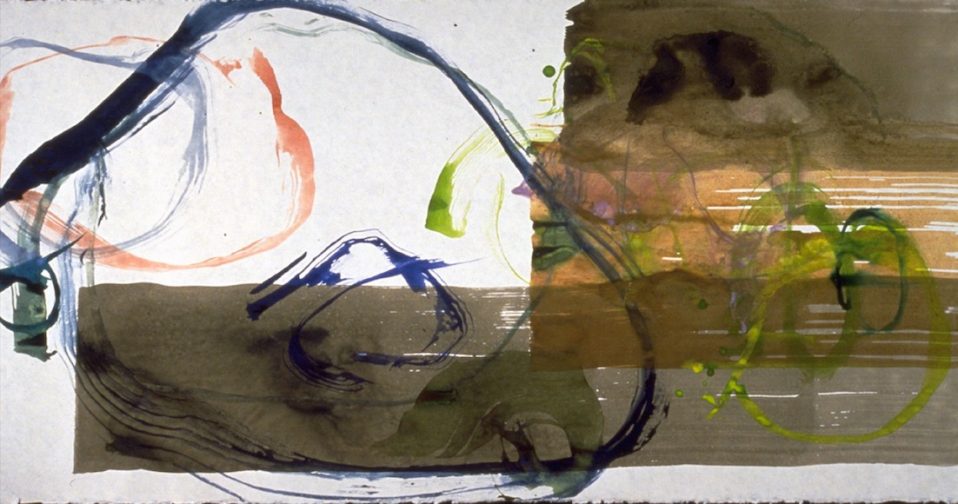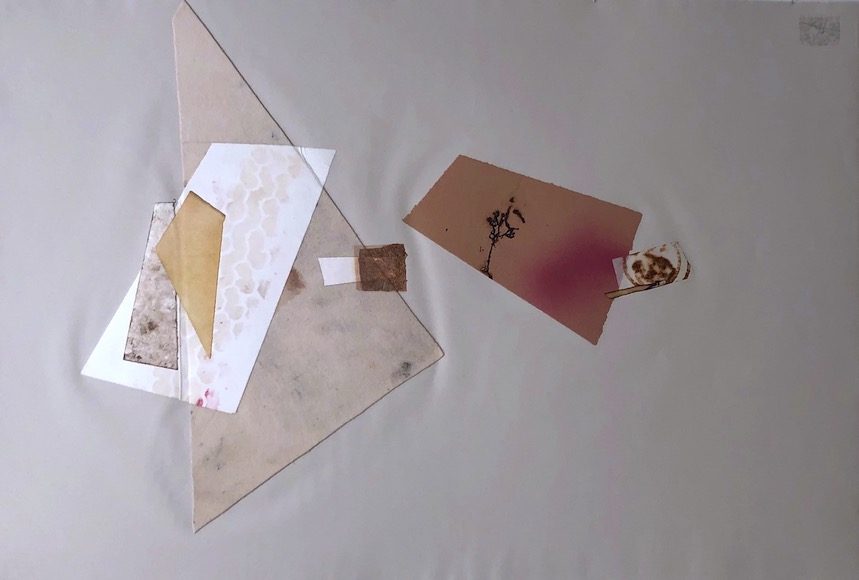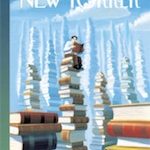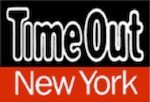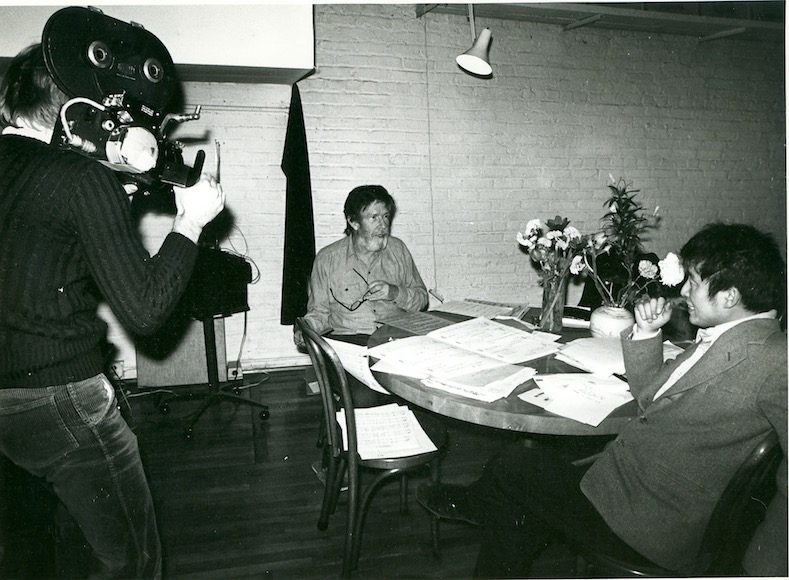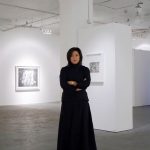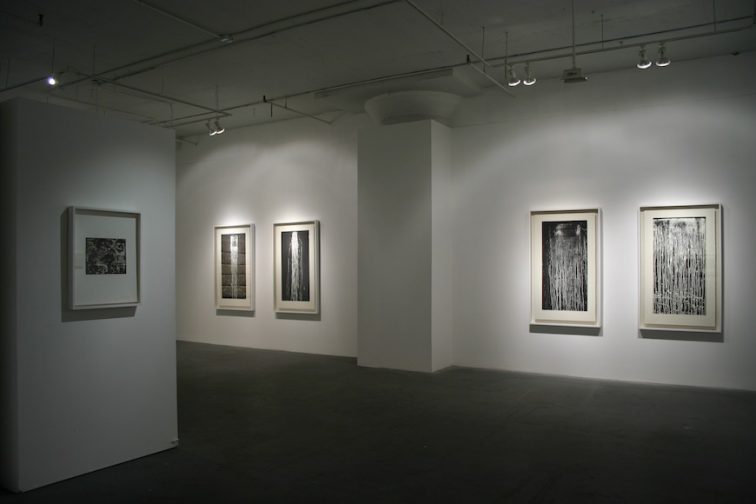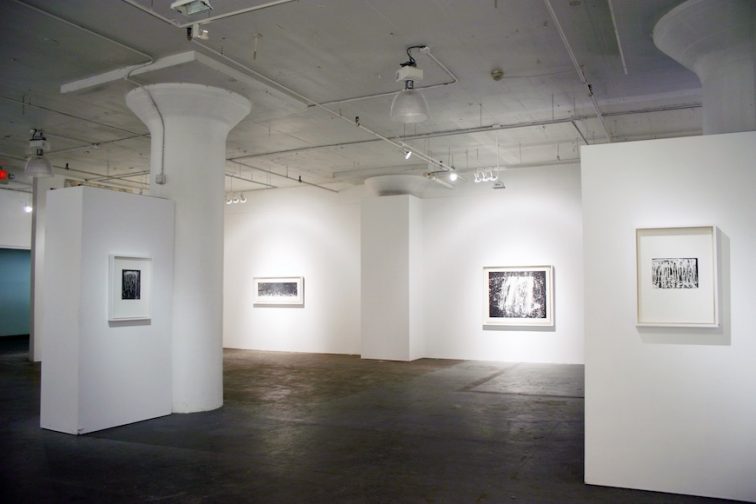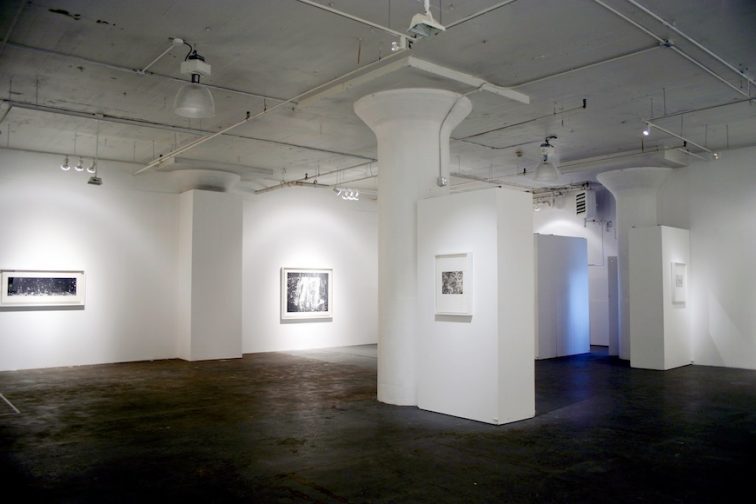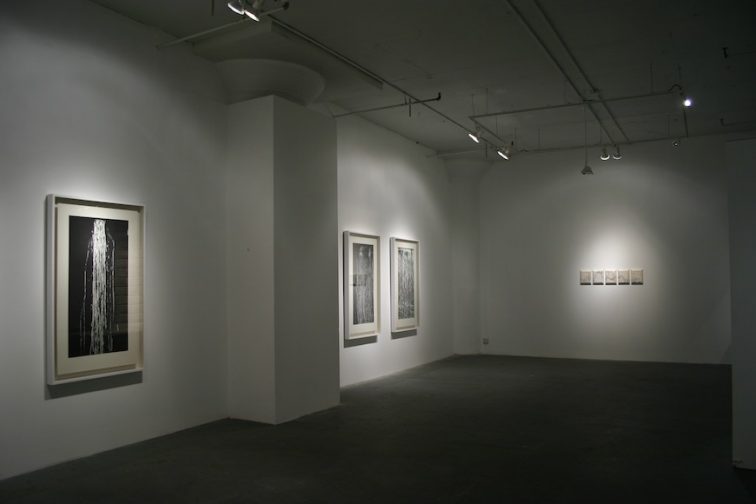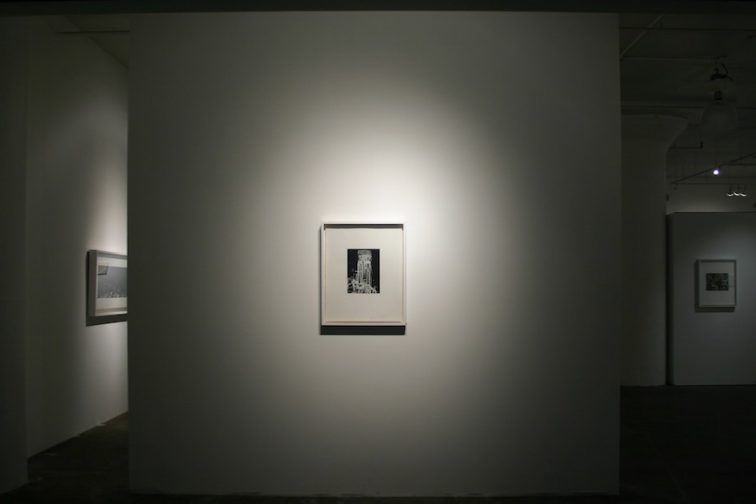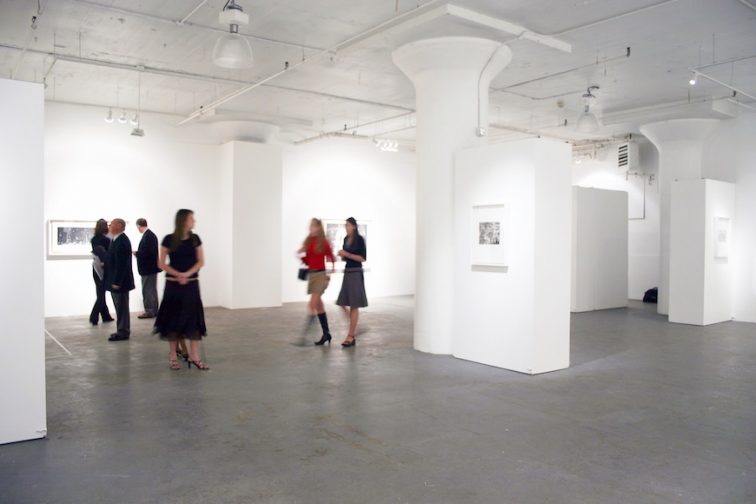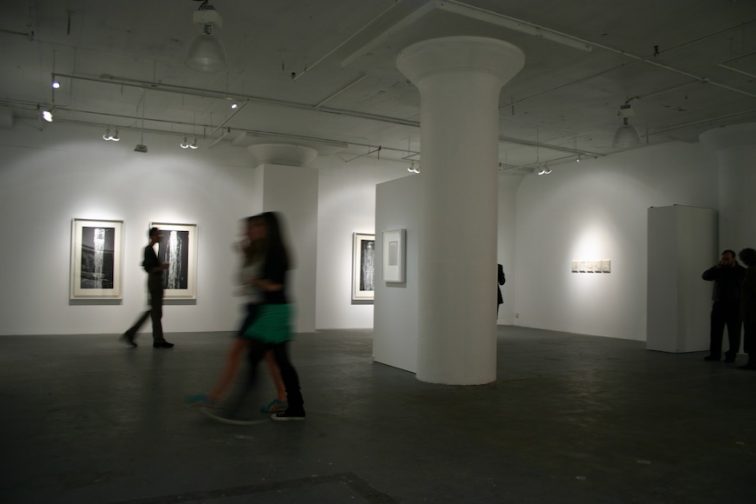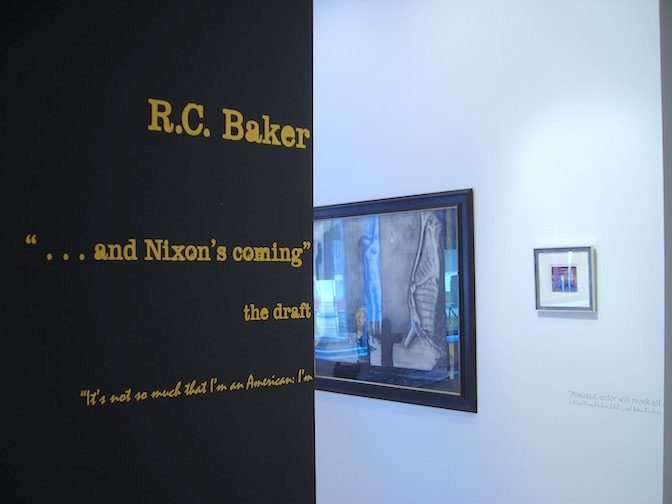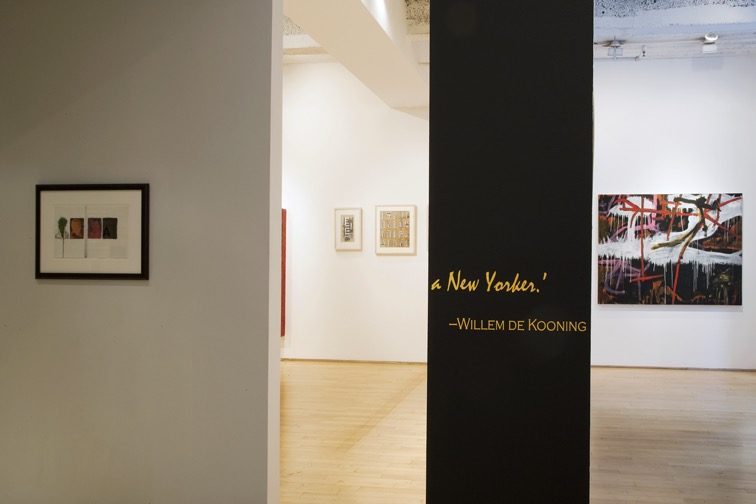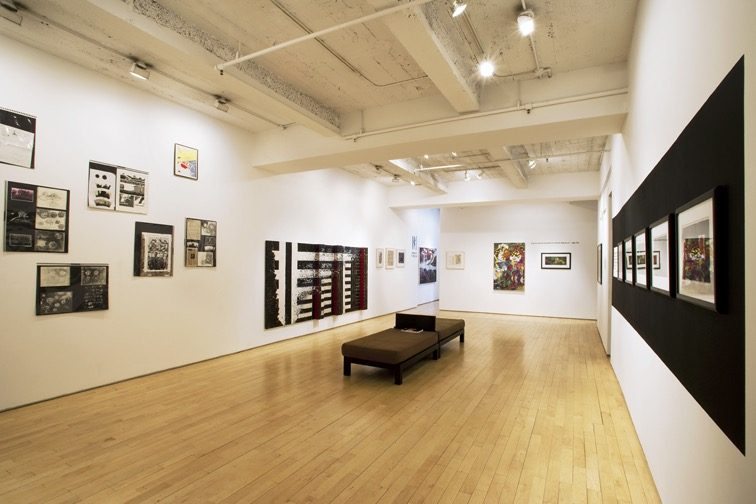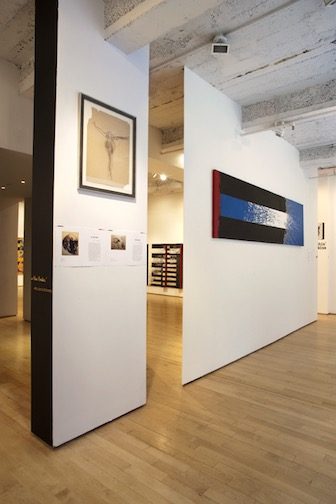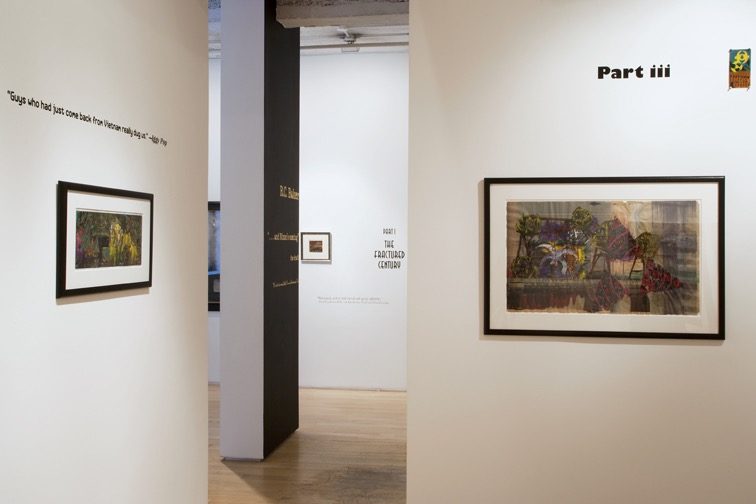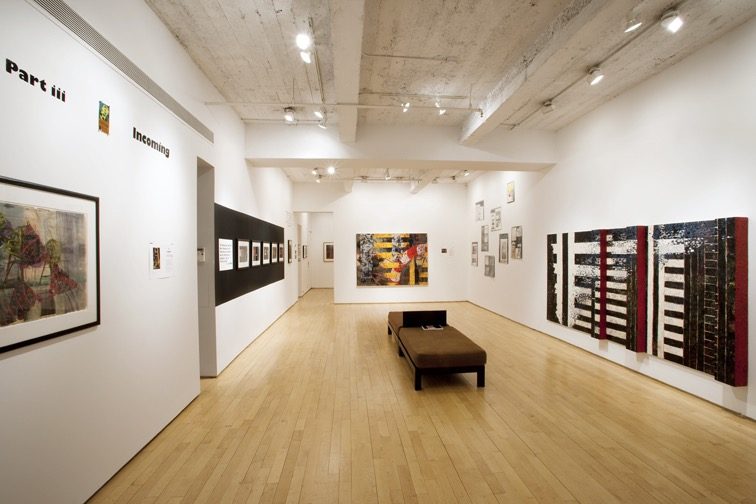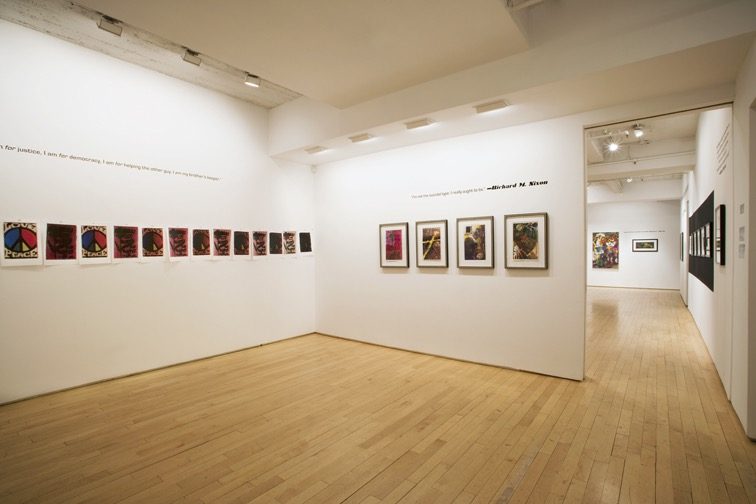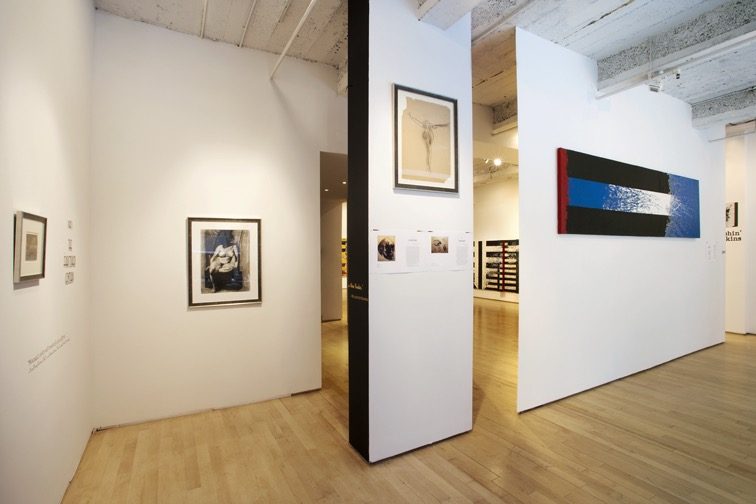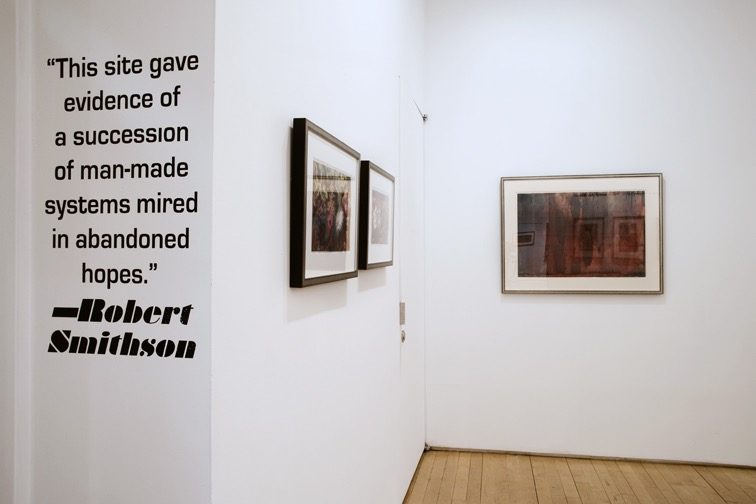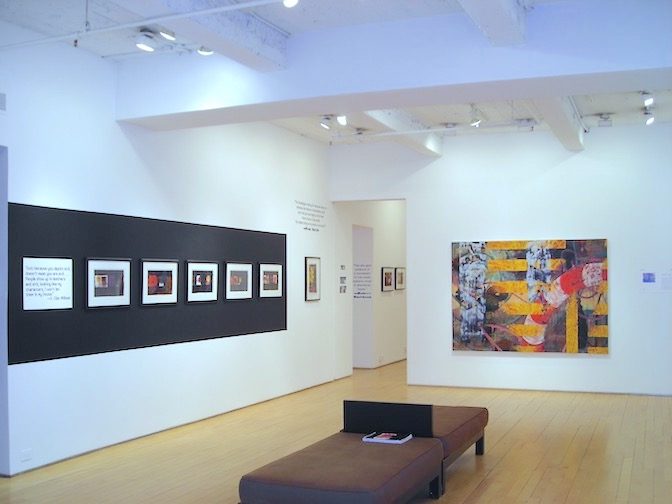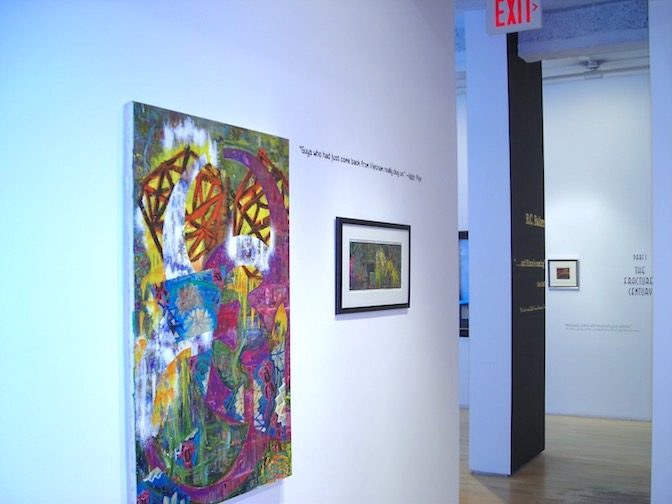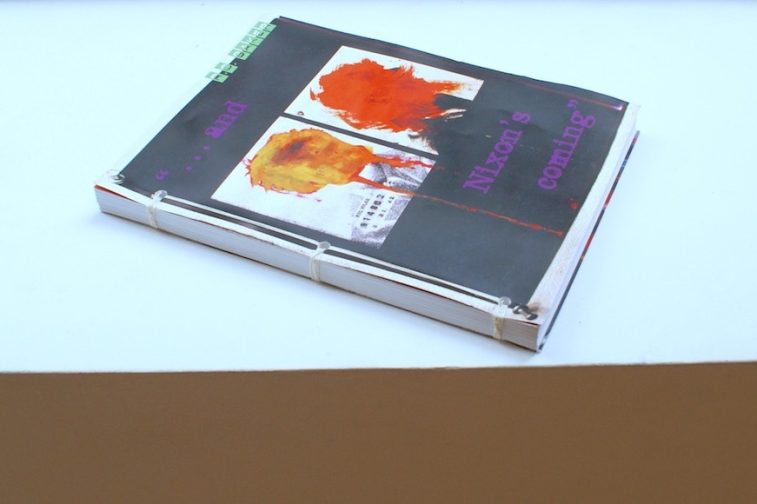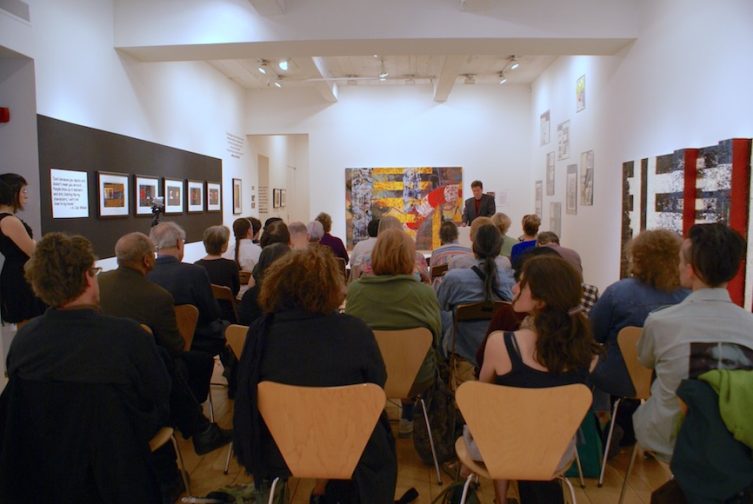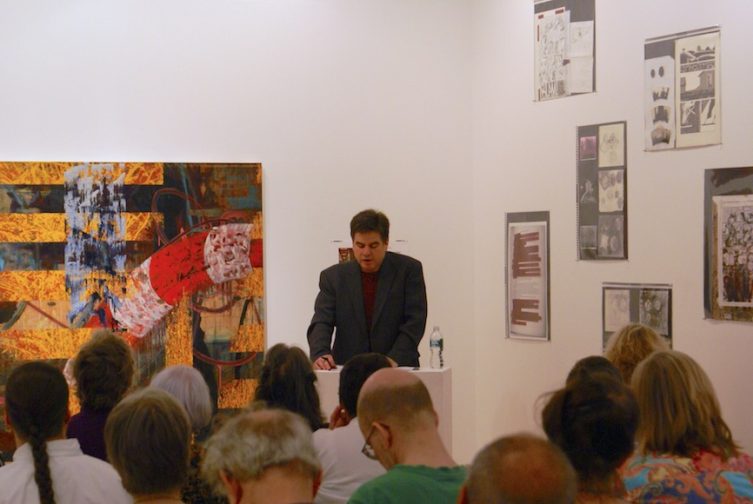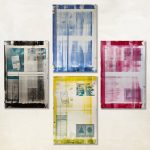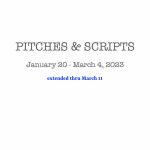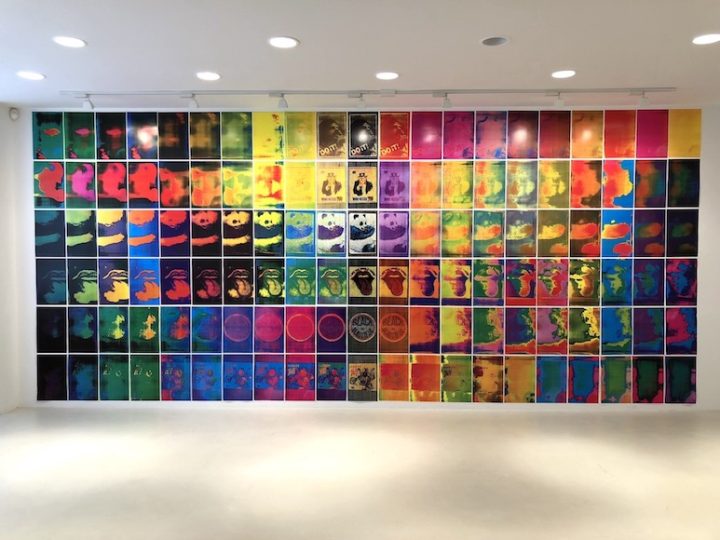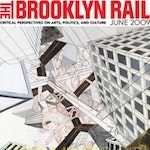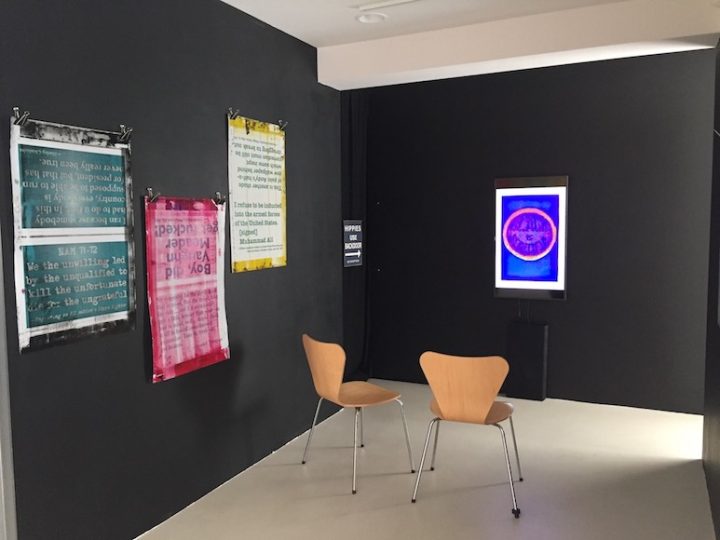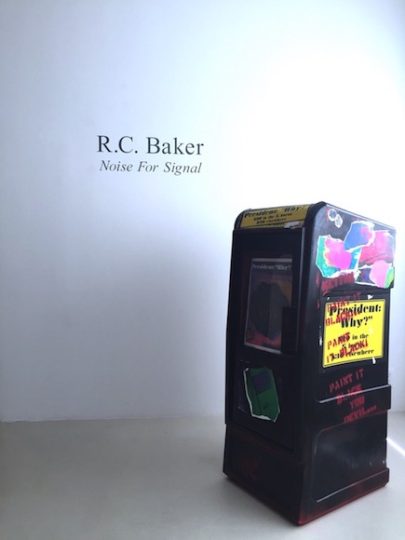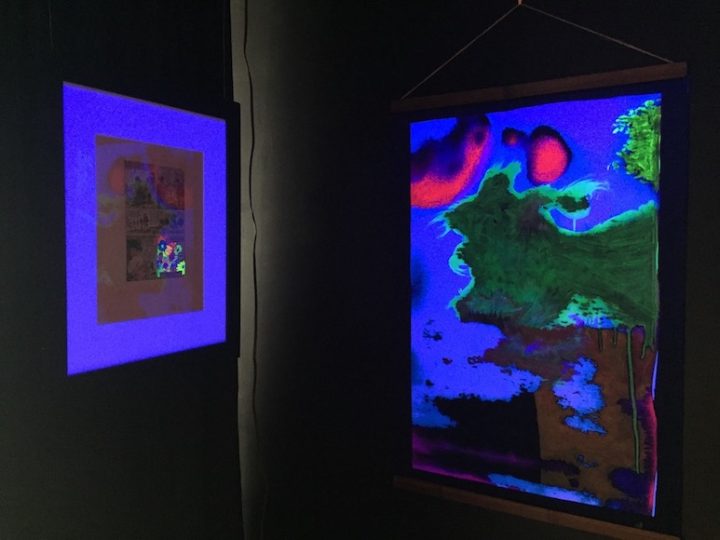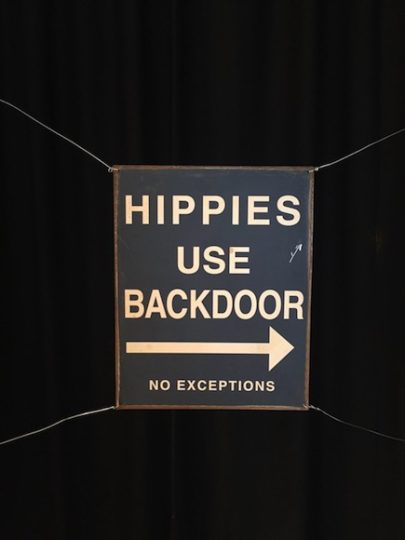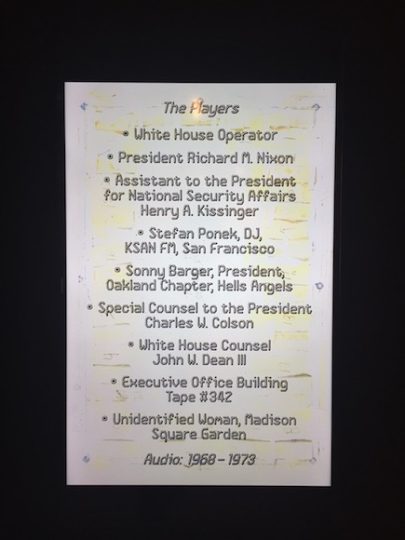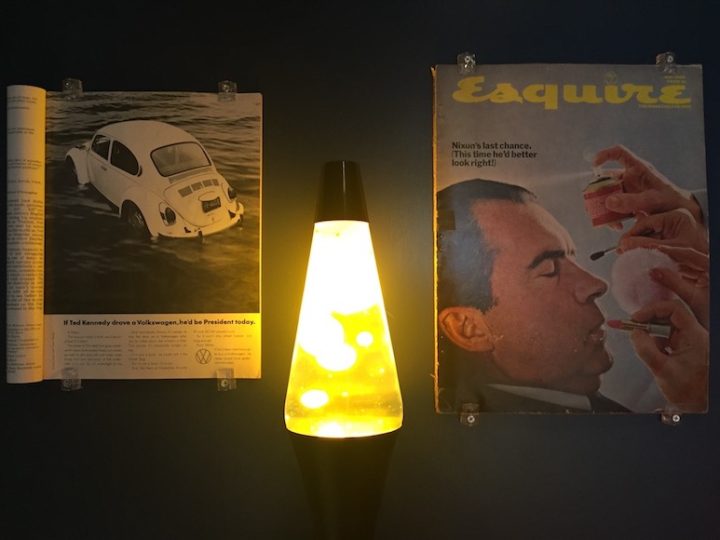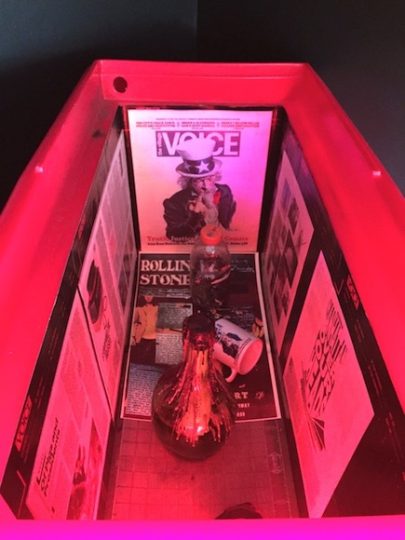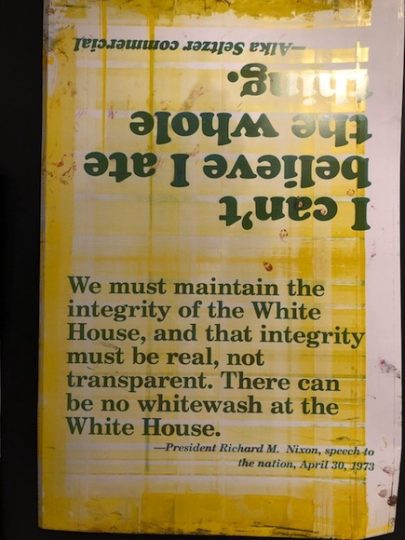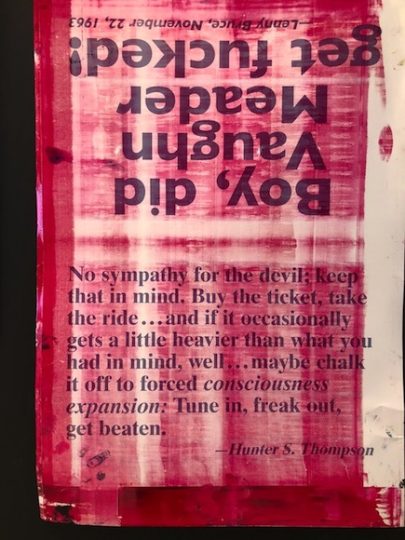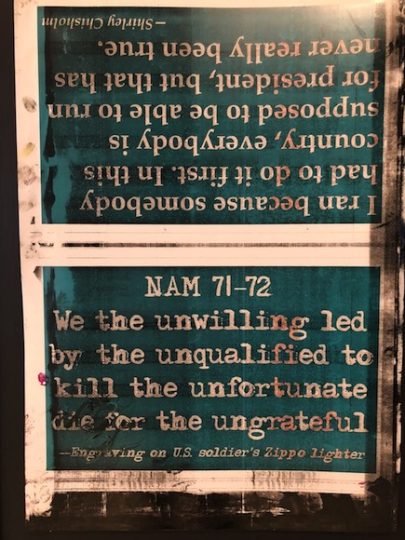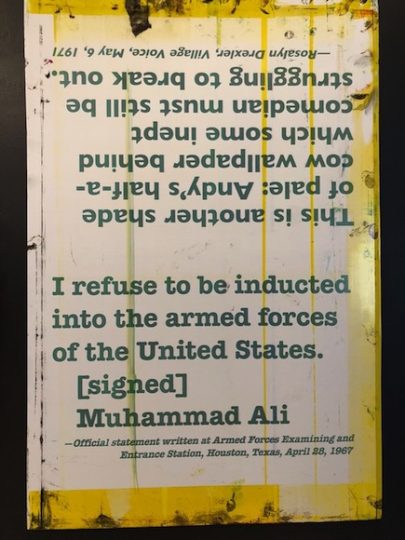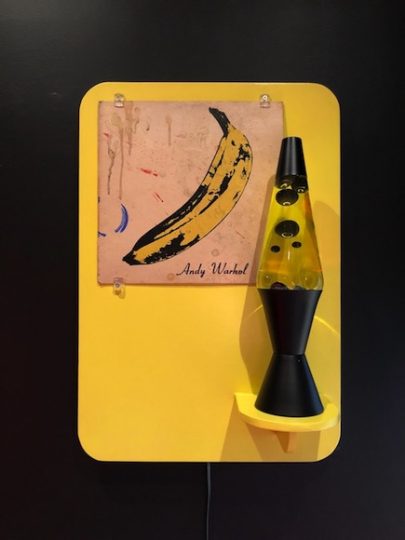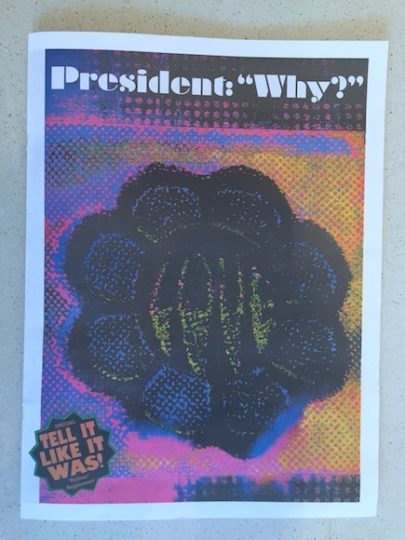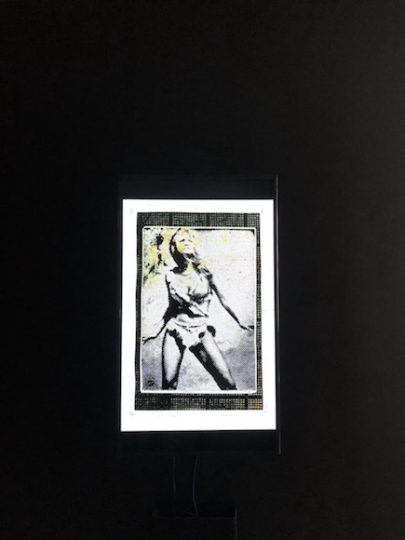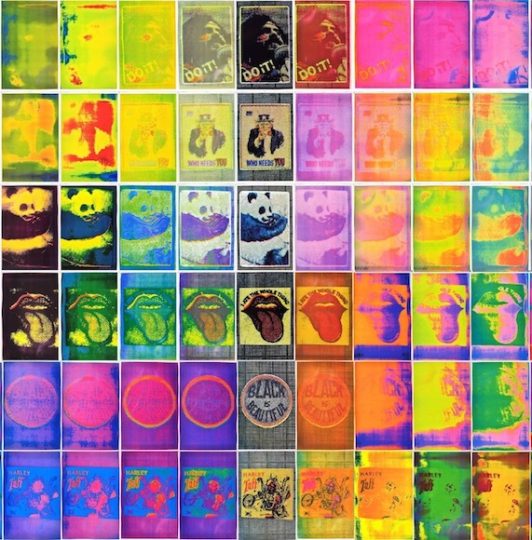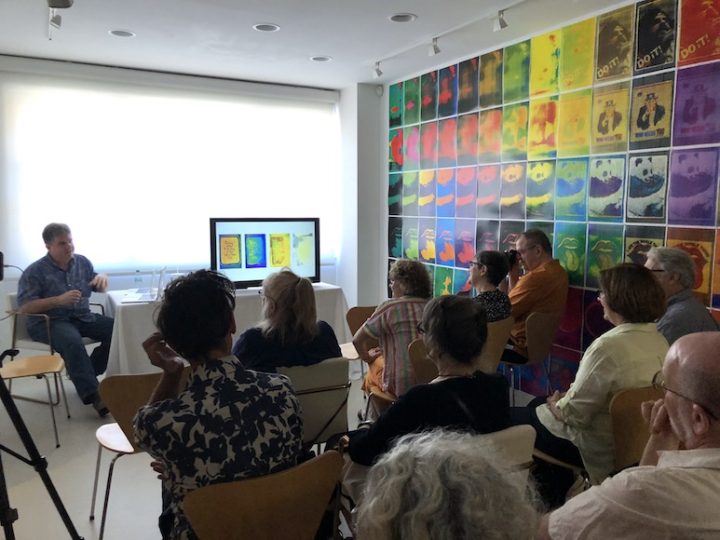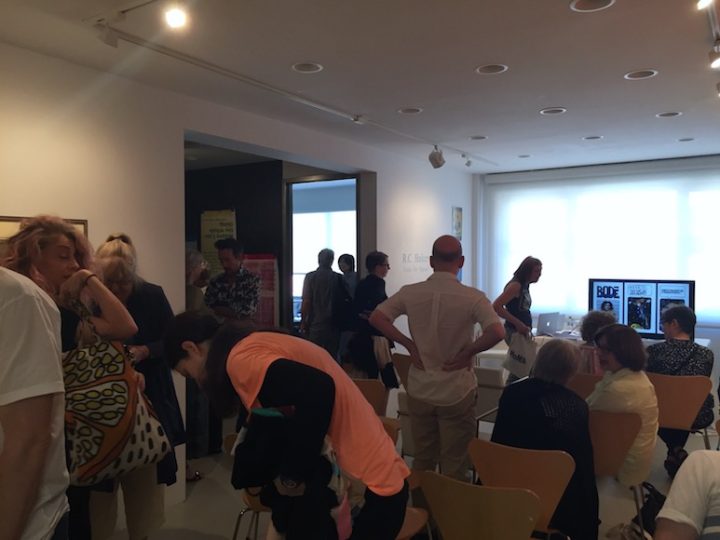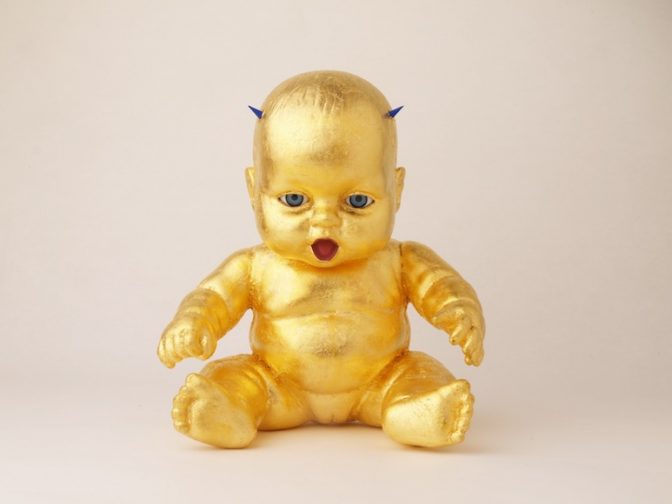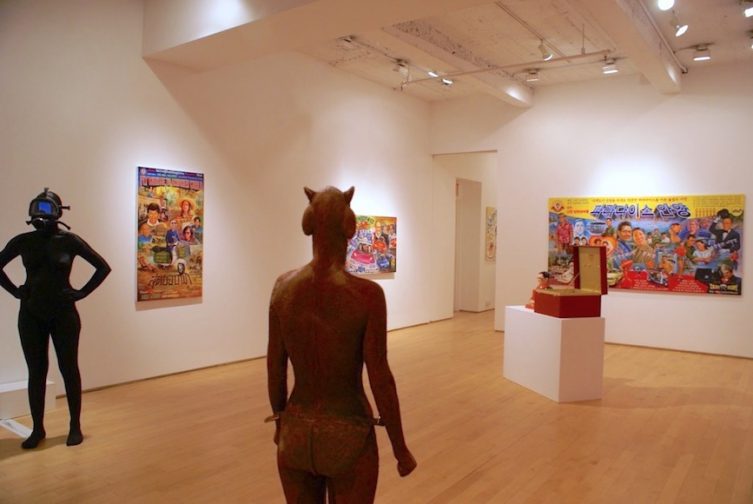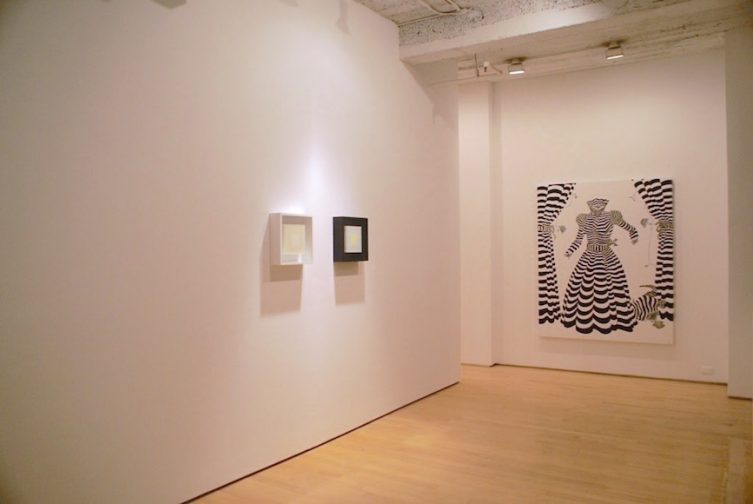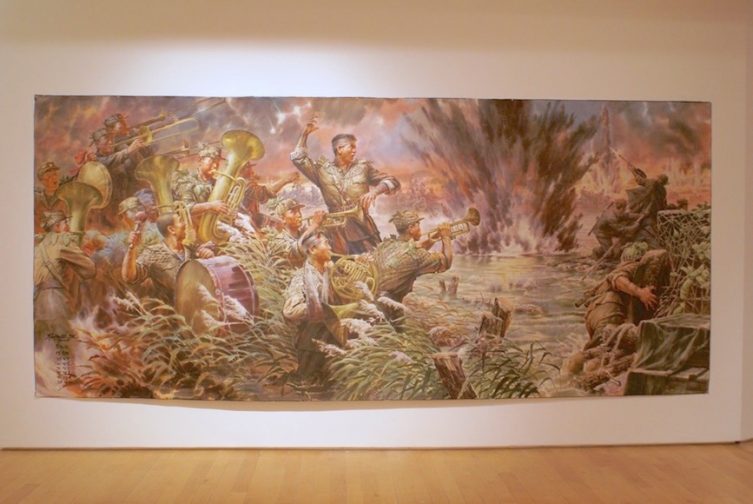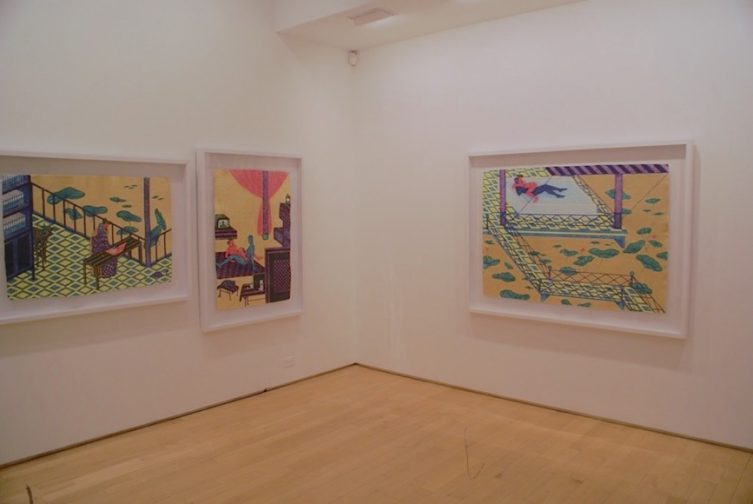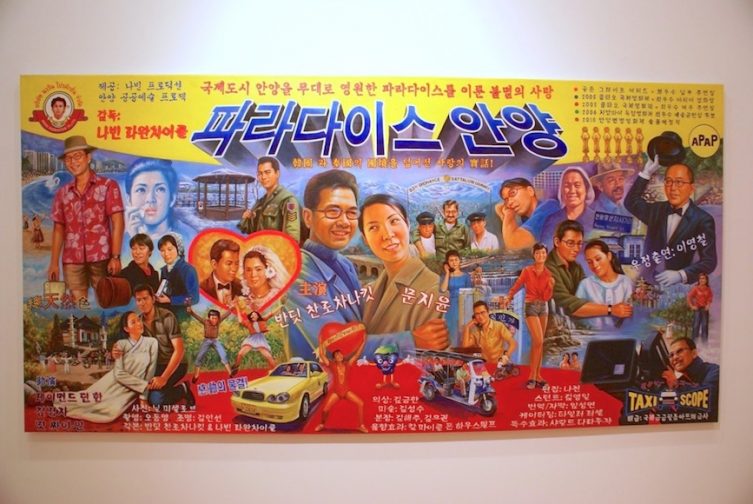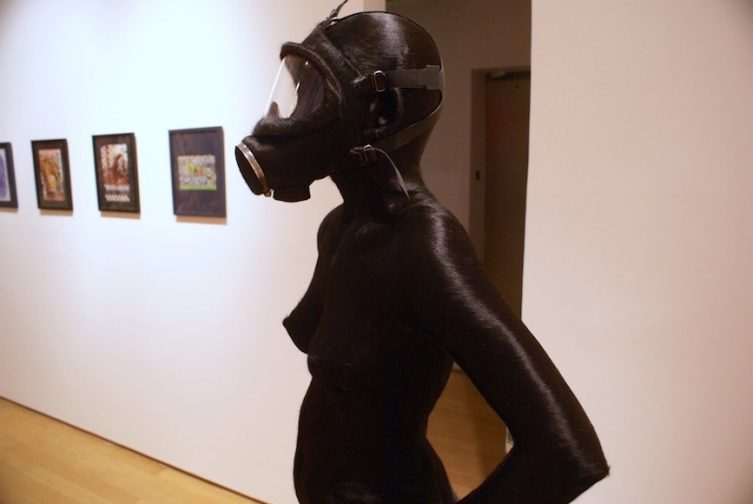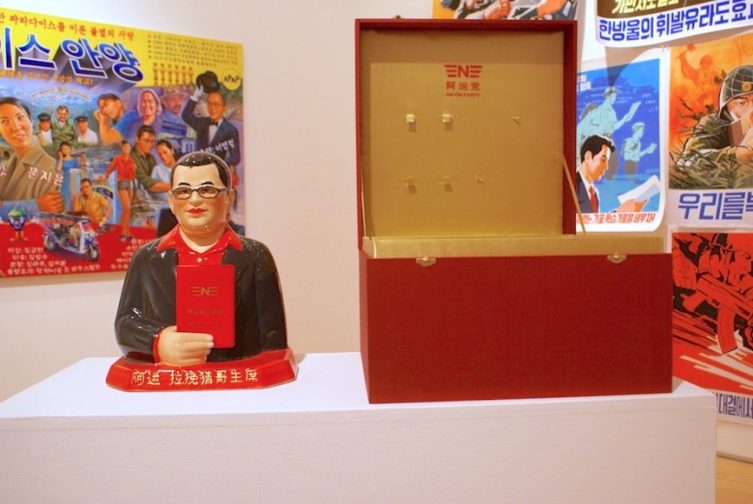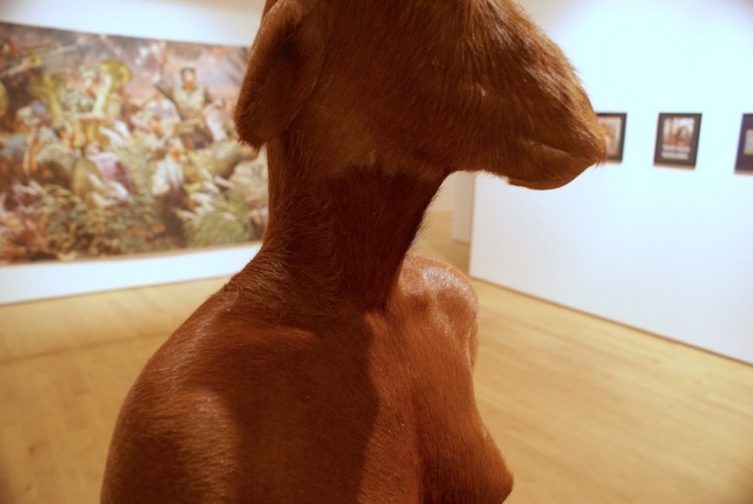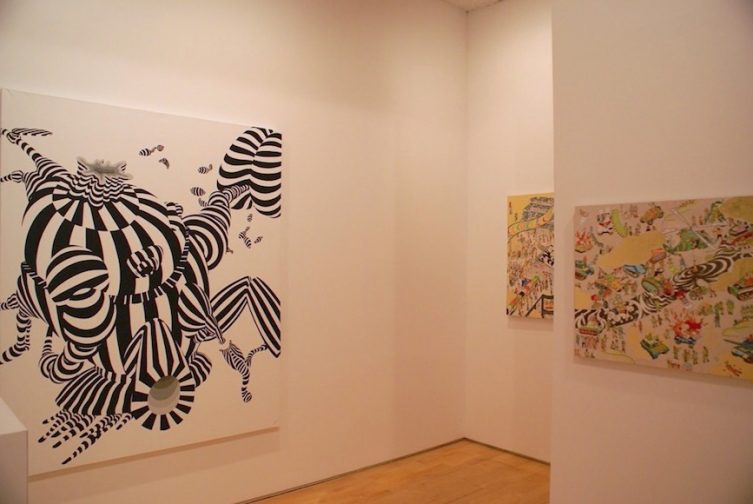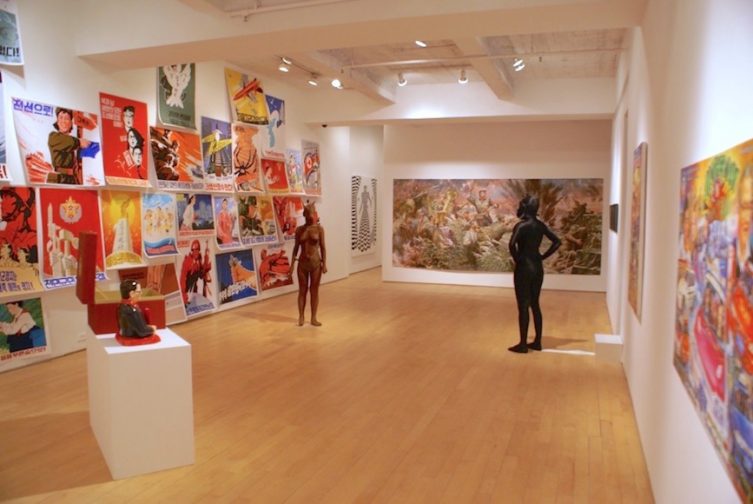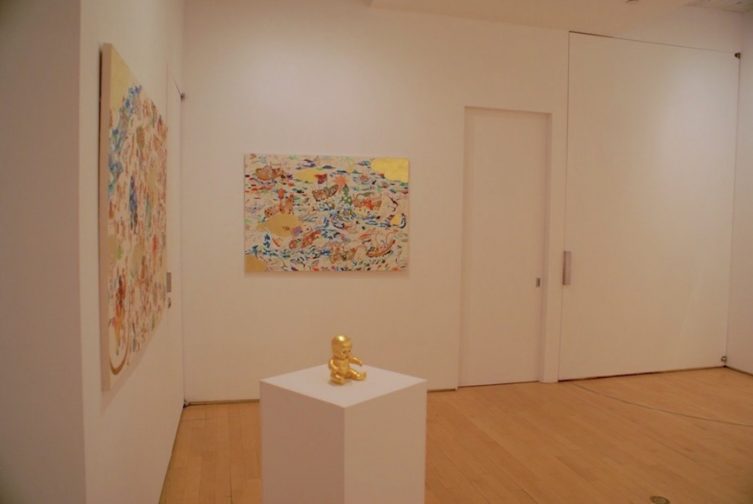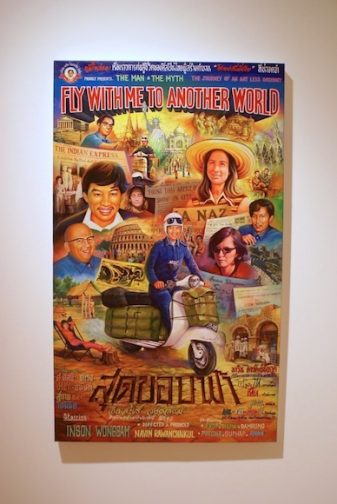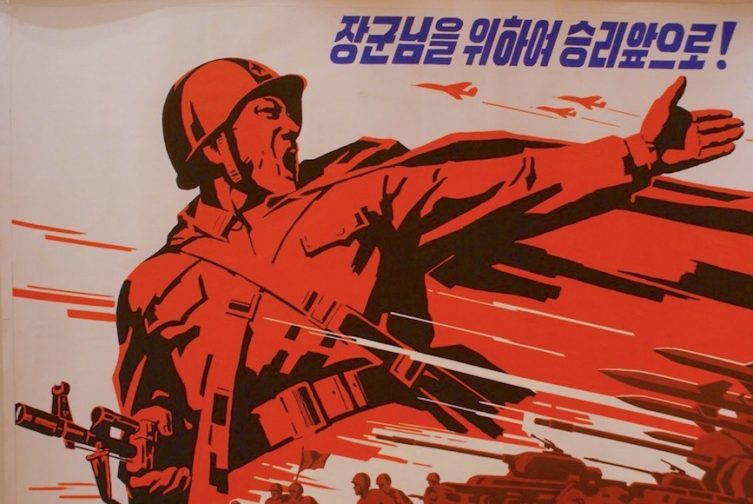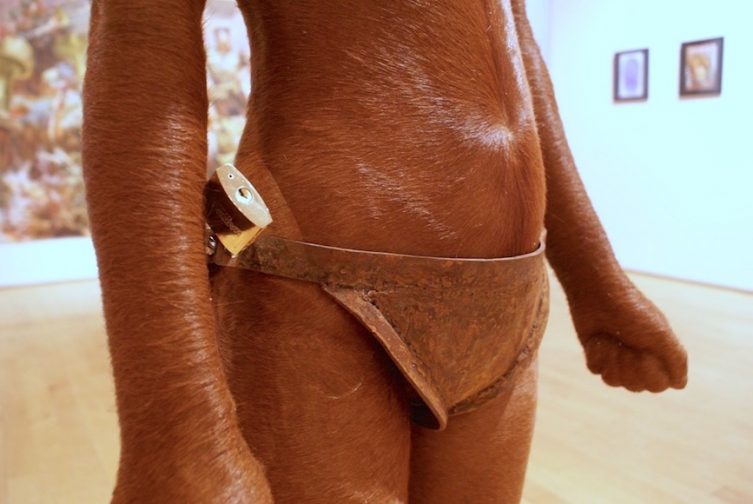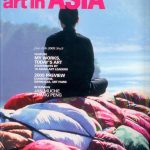JOHN CAGE: Works on paper
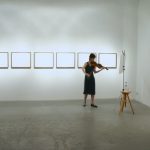
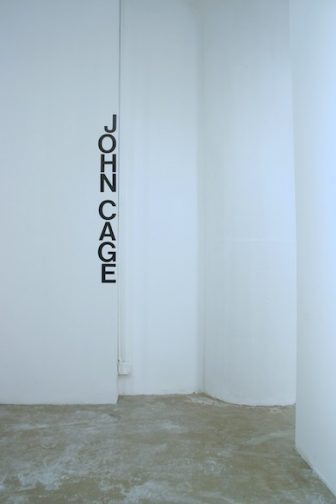
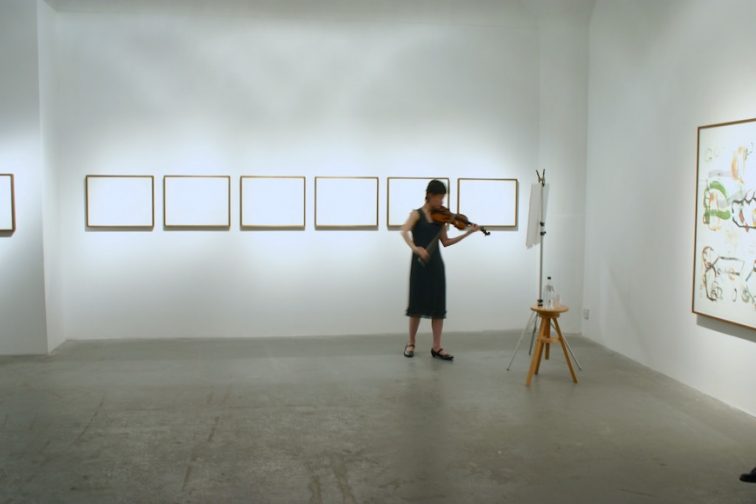
Opening, Talks and Readings
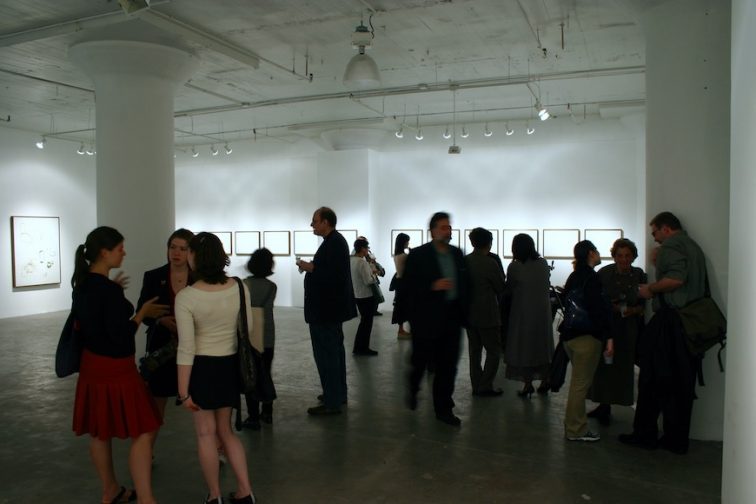
Opening, Talks and Readings
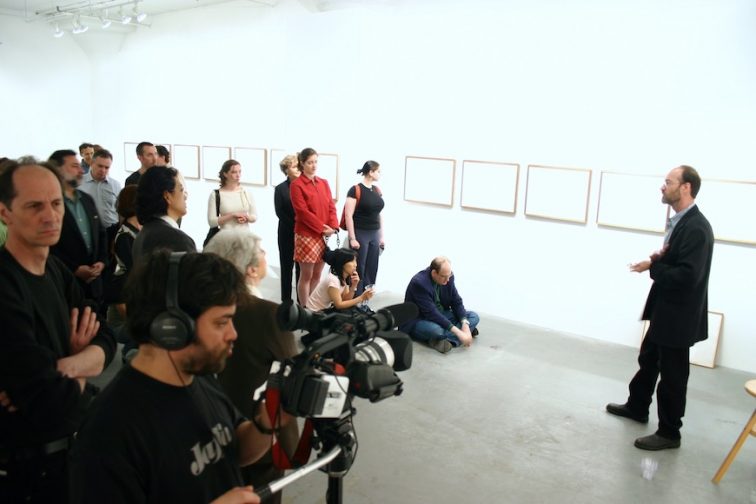
Opening, Talks and Readings
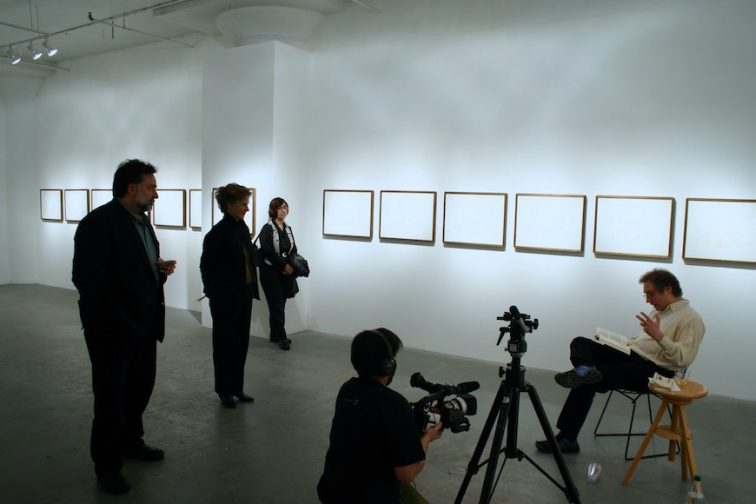
Opening, Talks and Readings
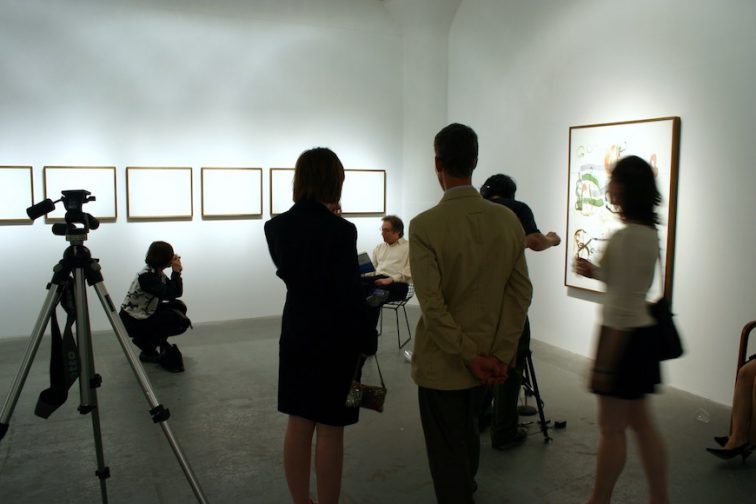
Opening, Talks and Readings
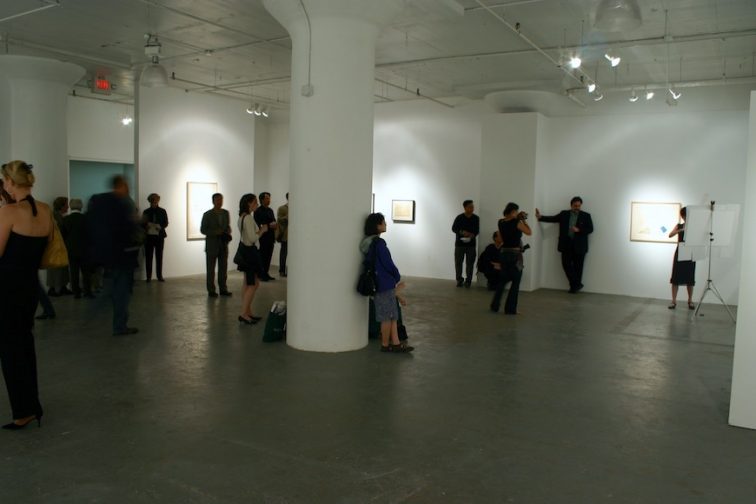
Opening, Talks and Readings
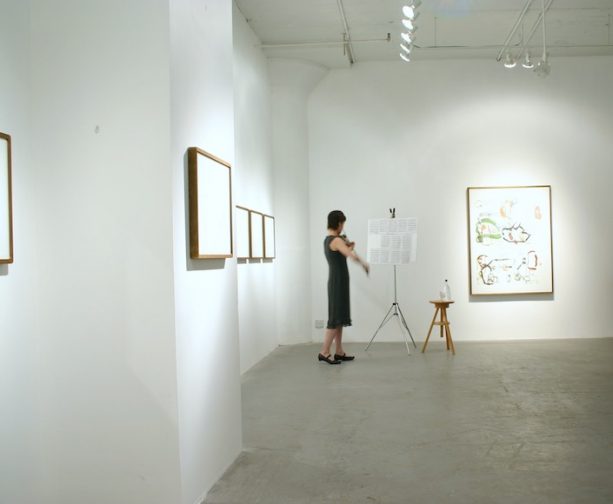
Opening, Talks and Readings
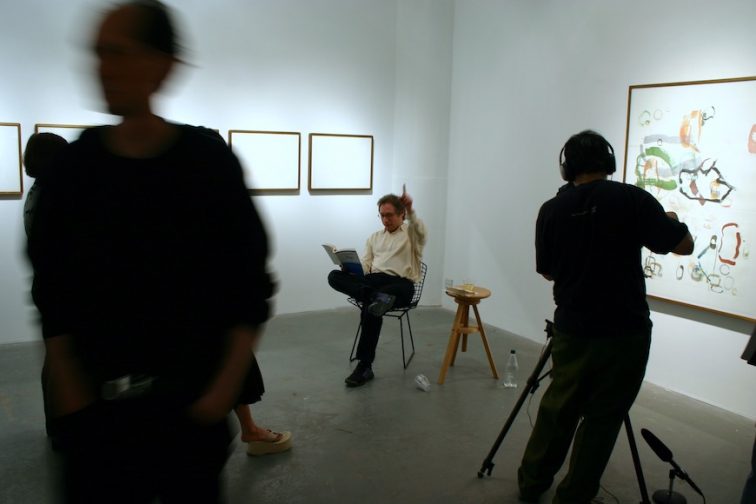
Opening, Talks and Readings
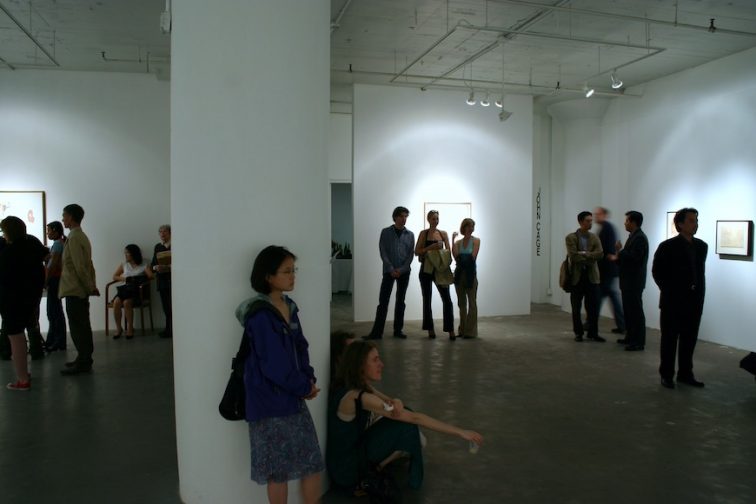
Opening, Talks and Readings
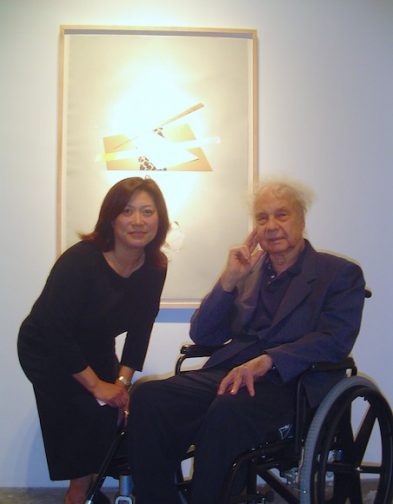
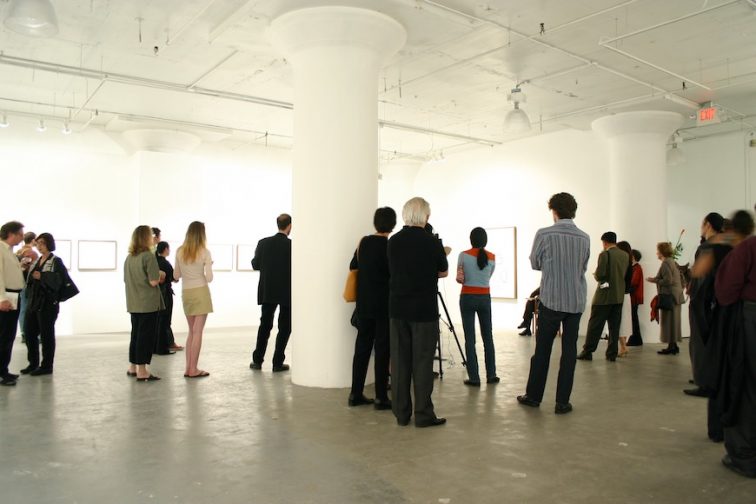
Opening, Talks and Readings
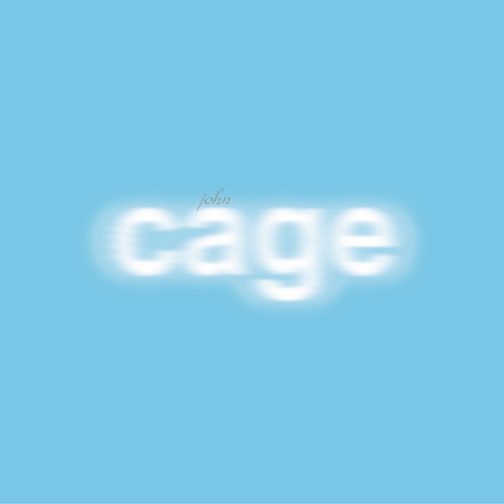
Invitation card
John Cage, best known as one of the twentieth-century’s most original musicians and aesthetic philosophers, was also a highly original and accomplished artist who made a unique contribution to the history of printmaking. ZONE:Chelsea is proud to present 25 of his works on paper, along with a program of events placing his work in its multidisciplinary context. Included in the show are the very rarely exhibited complete sets of Ryoku (1985, thirteen color drypoints), and Where R= Ryoanji (1983, four drypoints). Also on view will be Where There Is Where There – Urban Landscape (1987-89), which exemplifies Cage’s technically innovative and conceptually rich method. Holding twelve large etching plates over asphaltum treated flames, the artist inked each plate with one of seventeen earth colors. The printing order of the plates was determined by chance operations, which Cage – like his longtime collaborator, the choreographer Merce Cunningham – believed freed the imagination.
Cage produced thirty-three titles with Crown Point Press, not only casting the I-Ching to determine moves, but also pushing etching and printmaking techniques to the limit by, for example, setting fire to the press or scorching the paper with hot tea kettles. One work that emerged from the fire process is the epic-scale 75 Stones (1989) outlining the variously sized stones scattered across the paper. Cage worked at the press every year from 1978 until his death.
John Cage was a polymath with an individualistic take on Zen traditions and ways of approaching the art of living. Appropriately, there are a number of events scheduled to complement the exhibition during the May 7 opening reception. Illuminating Cage’s working process, Master Printer Peter Pettengill will talk about the rock-outlining process of the Ryoku prints. Deborra Stewart-Pettengill will share anecdotes on macrobiotic pickle-making (one of Cage’s passions). We are honored to have Merce Cunningham reading some of Cage’s work to accompany rarely performed live readings of Cage’s text on the artists Robert Rauschenberg, Jasper Johns, Nam June Paik, and Marcel Duchamp, which will be read throughout the evening by award winning poet Martine Bellen, internationally known composer Dr. Mathew Greenbaum, Chairman of ZONE:chelsea Center for the Arts William Park, and performer Cathy Richards. Violinist Miranda Cuckson will bookend the evening with selections by Cage on the violin.
JOHN CAGE: Works on paper
May 7 – June 18, 2004
Opening Reception, Talks and Readings
6-8PM, May 7, 2004
Related:
Categories: exhibitions
Tags: John Cage
